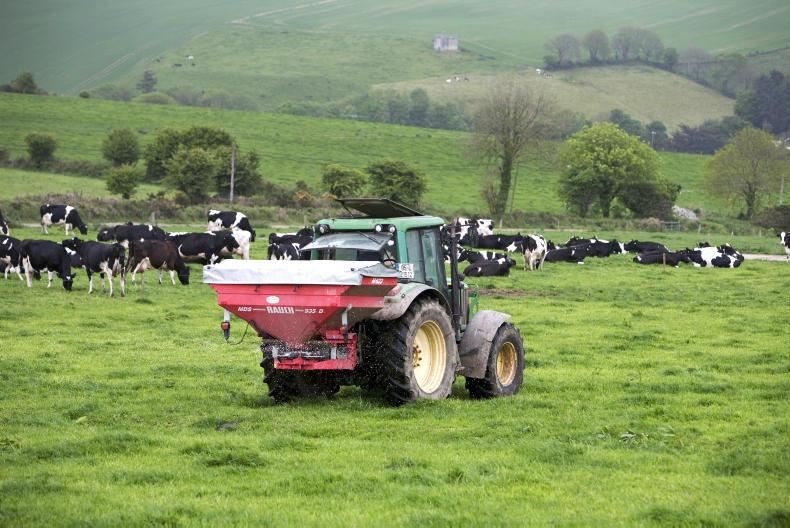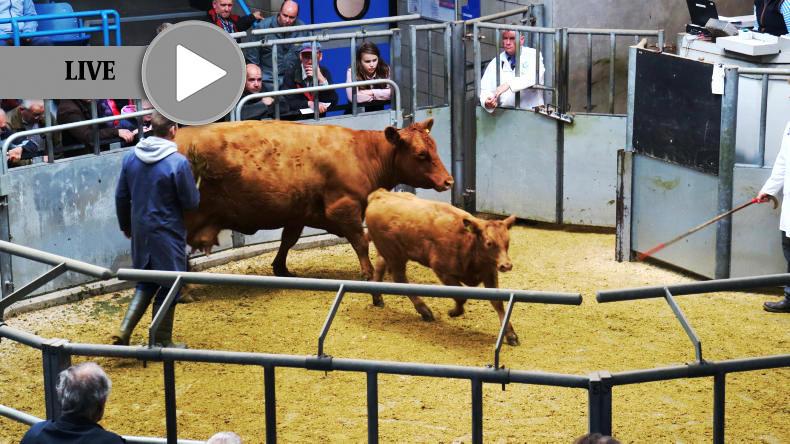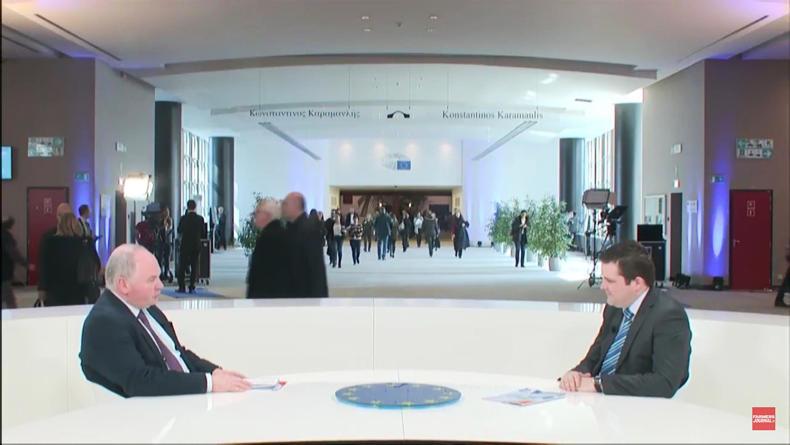The process of the UK leaving the EU is supposed to be clarified this week with a keynote address by Prime Minister Theresa May in the Italian city of Florence. However, in advance of this, UK Foreign Secretary Boris Johnson headed off on a solo run, seeming to reinforce the message that the UK must take a hard line on the terms for exit. It had been expected that the Prime Minister would use her speech to sound conciliatory and pave the way for negotiations in Brussels to move on.
The divide in the UK Government is the largest single obstruction to Brexit discussions moving on to another level, with Scottish Conservatives among MPs that would prefer an arrangement with the EU. This problem in the current governing Conservative Party goes back almost three decades to when Margaret Thatcher was Prime Minister. The original division was built on resistance on further integration and currency union, and the division has remained ever since, coming to a head with last year’s referendum. It was a product of then Prime Minister David Cameron kicking the can down the road when he was party leader and so long as the Liberal Democrats were part of his coalition government, a referendum was never going to get parliamentary approval.
This brake was removed when the Conservatives unexpectedly received an overall majority in the general election of 2015 and the referendum was called. An emotional campaign on the question of “should the United Kingdom remain a member of the European Union or leave the European Union” led to a vote to leave. The problem that followed was that there are different interpretations about what leaving would actually mean.
For the most committed to leaving, the view is that the UK should cut all ties with the EU and its institutions but negotiate a deal that would see trade continue as before or close to it. The EU negotiators, led by Michel Barnier, have said there is no way the UK would have as favourable a deal outside the EU as inside it.
Meanwhile, those who wanted to remain part of the EU, which includes most but not all of UK business, sought an exit that would retain much of present structures. They looked to precedents like those of Norway and Switzerland, who are part of the single market even though outside membership of the EU.
This debate has dominated Westminster politics since the referendum, but a sense of urgency has been added since the UK formally notified the EU that it was leaving on 29 March, which means that no later than two years after this date the UK will no longer be a member of the EU. An extension could be granted if all the 27 remaining members were agreeable to do so. However, at this point, the UK doesn’t appear to know if it wants an extension or a transition arrangement, never mind persuading remaining EU countries to agree to it.
Getting this agreement cannot be guaranteed as many EU countries have adopted a watching brief. This was demonstrated recently by the leaders’ debate in the German election campaign, where Brexit didn’t merit a mention. Similarly, there was just a passing reference in the European Commission president’s state of the union address last week with the focus on what the EU 27 would be doing without the UK being part of it.
It had been thought that the set piece speech by Theresa May this week in Florence would set out how the UK might continue or shape its future arrangement with the EU and focus on a continued engagement with the EU, at least in the short term. Now with Boris Johnson putting the case for maximum separation, it is clear that the UK thinking is still not aligned in what it wants, never mind persuading the EU to accept a proposal.
The EU can afford to let events take their course. UK exporters – particularly those in the most exposed Scottish sector: sheep meat – cannot.










SHARING OPTIONS